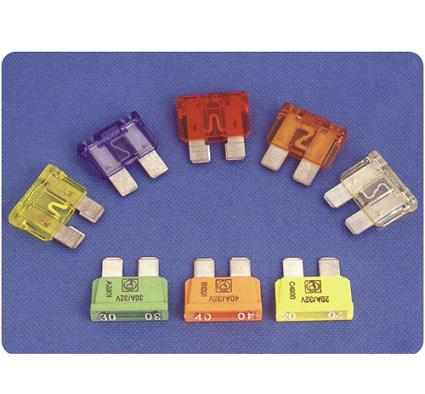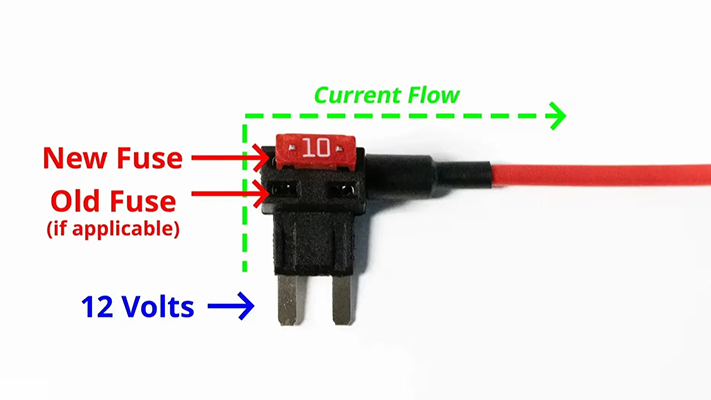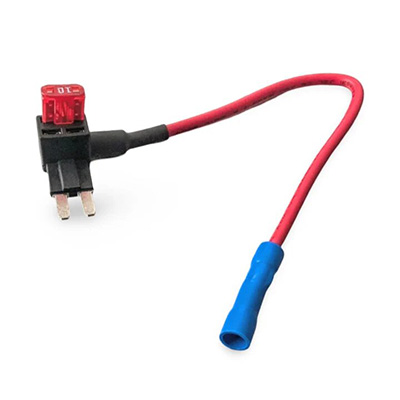Step-by-Step Solutions for a Blown Car Fuse
News 2025-09-29
Car fuses are essential safety components in automotive electrical systems, designed to protect circuits from damage caused by excessive current. When a fuse burns out, it typically indicates an underlying issue such as a short circuit or overload, which could arise from faulty wiring, accessory misuse, or component failure. Addressing this promptly is vital to maintain vehicle reliability and prevent potential hazards like electrical fires or system malfunctions. By understanding the role of fuses in common scenarios, such as protecting headlights or power windows, drivers can ensure safer operation and avoid costly repairs.

**Diagnosing the Problem**
To identify a blown fuse, first consult your vehicle’s manual to locate the fuse box, commonly found under the dashboard or in the engine compartment. Use the fuse diagram to pinpoint the suspect fuse and inspect it for visible signs of damage, like a broken filament. For precision, employ a multimeter to test continuity; a lack of conductance confirms the fuse is faulty. This step is crucial in real-world applications, such as when dashboard lights fail or a circuit stops functioning, allowing you to isolate the issue efficiently and highlight the fuse’s role in safeguarding performance.
**Replacing the Fuse Safely**
Once diagnosed, replacement involves turning off the ignition and removing the key for safety. Use fuse pullers or pliers to extract the old fuse and insert a new one with the exact same amperage rating to preserve system integrity. This method ensures compatibility and leverages the fuse’s performance advantages, like rapid response to overloads, which enhances overall circuit protection. In practical settings, such as roadside repairs, this approach restores functionality quickly, emphasizing the fuse’s reliability in maintaining electrical stability without compromising safety.
**Preventive Strategies**
Implementing preventive measures can significantly reduce the likelihood of future blowouts. Regularly inspect wiring for wear and ensure all electrical additions adhere to manufacturer specifications to avoid overloading circuits. Opting for high-quality fuses with advanced materials offers better durability and faster reset times in some cases, improving system longevity. In everyday driving scenarios, this proactive maintenance underscores the fuse’s performance benefits, such as consistent protection against voltage spikes, thereby enhancing vehicle safety and efficiency.
**When to Consult Professionals**
If fuses blow repeatedly despite replacements, it may signal deeper electrical problems beyond simple fixes. In such cases, seeking help from a certified mechanic is advisable to diagnose issues like corroded connections or failing components. This step highlights the fuse’s role in broader system health, where professional intervention can prevent escalation and ensure optimal performance advantages, such as sustained electrical reliability in demanding conditions.

